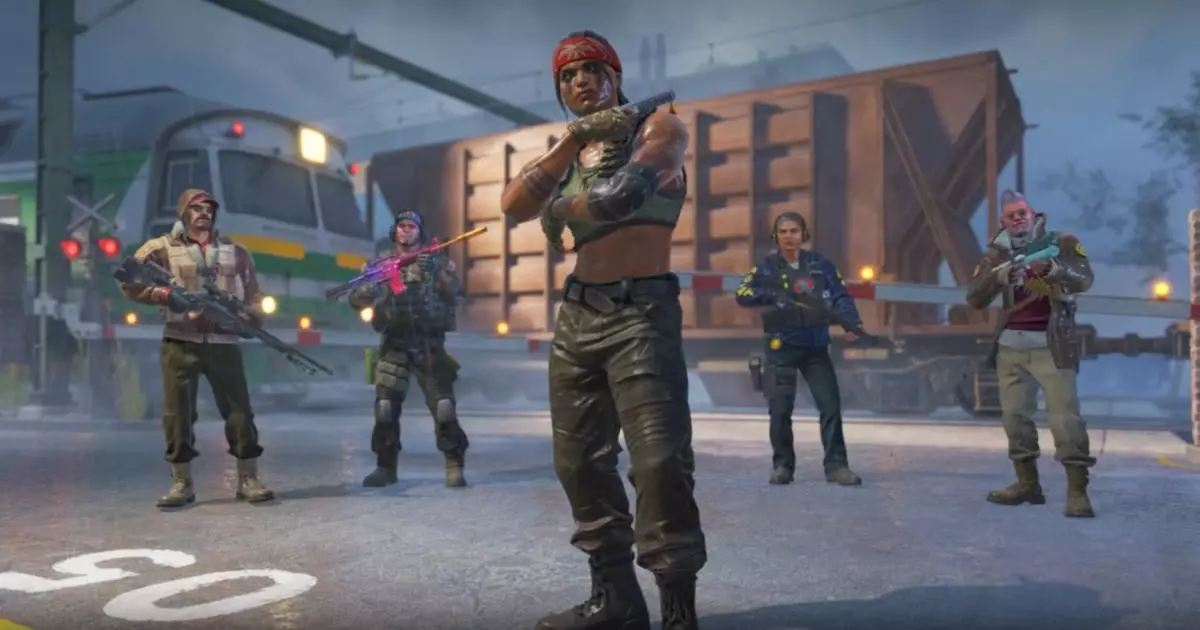Counter-Strike has been a staple in the world of competitive gaming for decades, and among its iconic arenas lies Train. Once considered a standard map, recent updates by Valve have invigorated this classic, effectively reshaping both its aesthetics and gameplay dynamics. The transformation includes a complete visual overhaul and alterations to the map layout, marking a significant departure from the predominant sniper-centric strategies that have historically characterized it.
The revamped Train map now features a moody atmosphere, accentuated by consistent rain and dynamic puddles that create reflections across its surface. This visual depth sets it apart from many other maps found in Counter-Strike 2, deviating from the previous monochromatic, somewhat sterile feeling. Another noteworthy enhancement is the visible wear and tear on structures, such as rusting train cars and cracked concrete. These details not only enrich the visual experience but also enhance the sense of immersion, allowing players to feel as if they are navigating a real-world environment marked by the passage of time and human activity. The presence of graffiti adds a layer of storytelling, contributing to the notion that this map has seen its fair share of conflict and culture.
One of the most significant changes lies in the map’s structural modifications, particularly in the adjustment of sightlines. The original Train was notorious for its narrow corridors that often favored sniper gameplay. By widening these sightlines, Valve has attempted to level the playing field, encouraging more varied combat encounters. This aspect is crucial for transitioning the map into a more dynamic competitive environment. Players may explore different tactical opportunities now that the layout invites a broader range of strategies, from close-quarters combat to long-range engagements, thereby promoting teamwork and communication among players.
While these updates represent a move in the right direction for the map’s gameplay and visual appeal, discussions continue regarding its readiness for competitive play. Reports suggest lingering issues with spawn positions that might hinder equitable engagement between teams. This element presents a consideration for Valve as they seek to refine the map further based on community feedback.
In conjunction with Train’s reimagining, Valve has also addressed other maps, such as Overpass, and introduced several new community maps, helping to enrich the overall gameplay experience.
The revitalization of Train in Counter-Strike 2 signals an exciting chapter for players and fans alike. Not only does it breathe new life into a commonly played map, but it also reflects Valve’s responsiveness to player desires for enhanced visual aesthetics and more engaging gameplay mechanics. As the competitive community continues to evaluate the updates, it remains clear that Train, in its new form, holds significant potential for an engaging multiplayer experience that appeals to both newcomers and veteran players. The future of Train will likely evolve, prioritizing balance and fairness, ensuring it remains a beloved fixture in the Counter-Strike legacy.


Leave a Reply